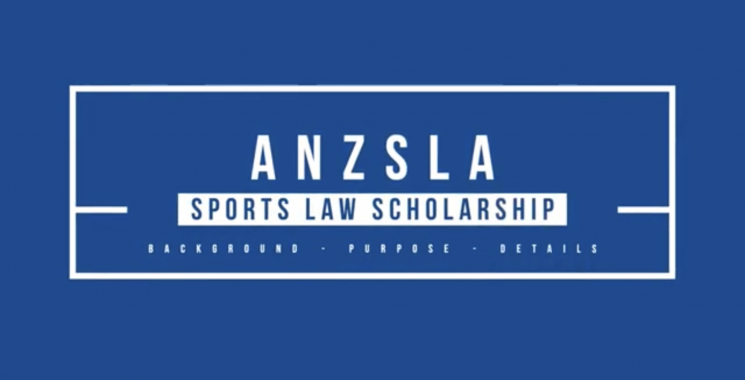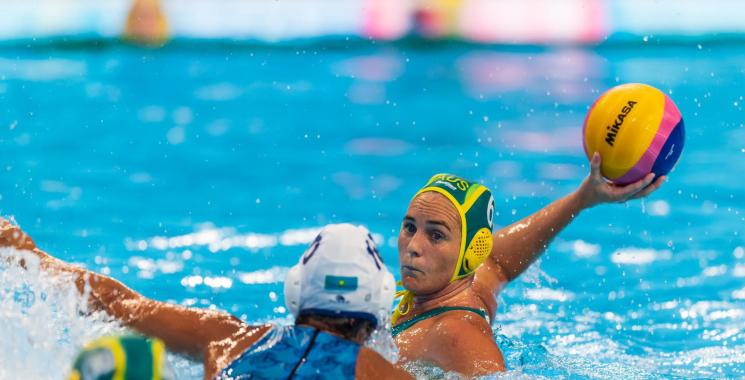The Australian and New Zealand Sports Law Journal 2024: Vol 17
ARTICLES
Proof in vivo of Actual Harm in the Form of Chronic Traumatic Encephalopathy (CTE): The Question of ‘Individual Agency’
Thorpe, David
A living athlete who claims to be suffering from CTE must prove on the balance of probabilities that his or her symptoms are
those of CTE. Although definitively diagnosable at autopsy, in a living plaintiff CTE must be inferred through symptoms, markers,
behavioural manifestations and other indicators, and is therefore less certain. Given this uncertainty, a defendant governing body is likely to argue that the plaintiff athlete is affected not by the symptoms of CTE but those of a different cognitive disorder such as Alzheimer’s disease or parkinsonism.
Anti-Doping Regulations and the Presumption of Incapacity: Athletes Who are Minors in Australian Sport
Travers, Chloe; Pearce, Simone; Moritz, Dominique
Athletes, whether they be adults or minors, contract with their sporting body to compete and agree to be bound by the WADC. The WADC applies to all athletes, regardless of age. This is problematic given that a minor should not, and indeed cannot, assume the same obligations or bear the same responsibility as an adult. Given the potentially significant consequences, there are questions about a minor’s capacity to provide informed consent in entering into the contract. This article argues that a contract entered into by a minor to comply with the WADC will be problematic as they lack capacity.
Uneven Bars: Coming to Grips with Elite Gymnast Employment Status in Aotearoa
Cawley, Rana; Cunniffe, Emma; Thorpe, Ella; Welsh, Julia
Sport is an important part of the culture of Aotearoa/New Zealand, but the athletes that dedicate their time and effort to these physical activities to represent their country at pinnacle events often receive little protection and remuneration. This article considers the provision of employment status to elite gymnasts, following recent discussions around the employment status of vulnerable workers both within and outside sports. As there is no national system of protection for elite athletes, this article argues that employment status would fulfil this role to benefit elite gymnasts. This would be particularly beneficial as a high proportion of gymnasts represents a vulnerable demographic of young women.
BOOK REVIEWS
Concussion in Professional Team Sports: Time for a Harmonised Approach? By Alexandra Veuthey (Springer, 2020)
Mak, Karen
The Brain Matters: Regulation of Concussion in Sports-related Injuries. By Dr Annette Greenhow (LexisNexis 2024)
Mak, Karen


